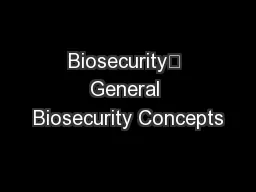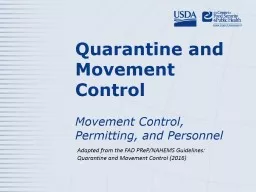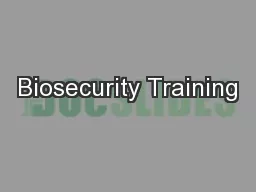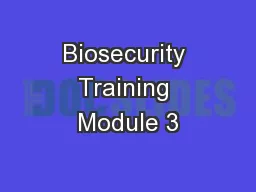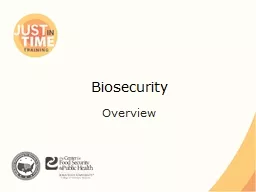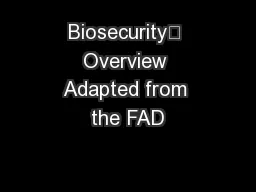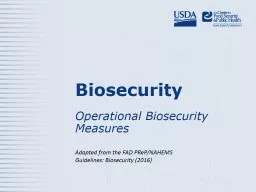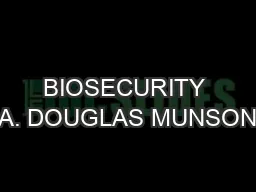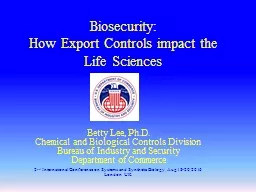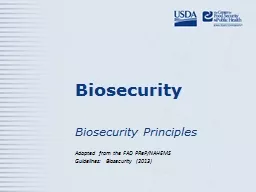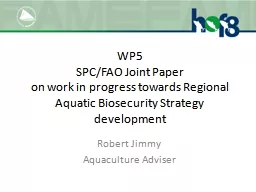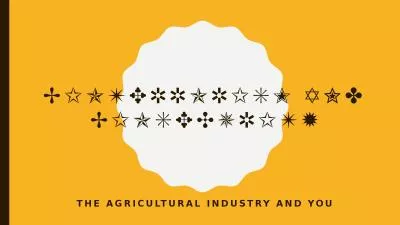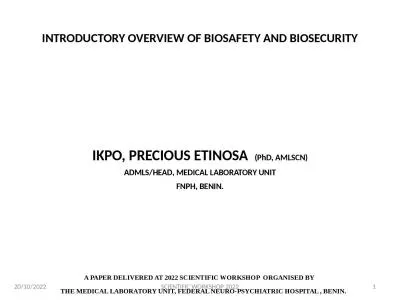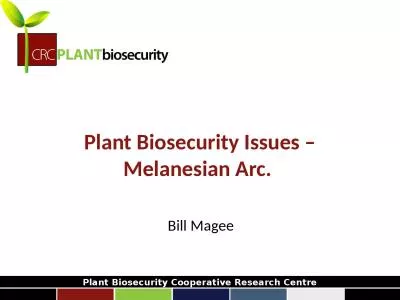PPT-Biosecurity General Biosecurity Concepts
Author : phoebe-click | Published Date : 2018-11-12
Adapted from the FAD PRePNAHEMS Guidelines Biosecurity 2016 Importance of biosecurity Routes of exposure to disease Steps in developing a biosecurity plan Introduction
Presentation Embed Code
Download Presentation
Download Presentation The PPT/PDF document "Biosecurity General Biosecurity Concept..." is the property of its rightful owner. Permission is granted to download and print the materials on this website for personal, non-commercial use only, and to display it on your personal computer provided you do not modify the materials and that you retain all copyright notices contained in the materials. By downloading content from our website, you accept the terms of this agreement.
Biosecurity General Biosecurity Concepts: Transcript
Download Rules Of Document
"Biosecurity General Biosecurity Concepts"The content belongs to its owner. You may download and print it for personal use, without modification, and keep all copyright notices. By downloading, you agree to these terms.
Related Documents

